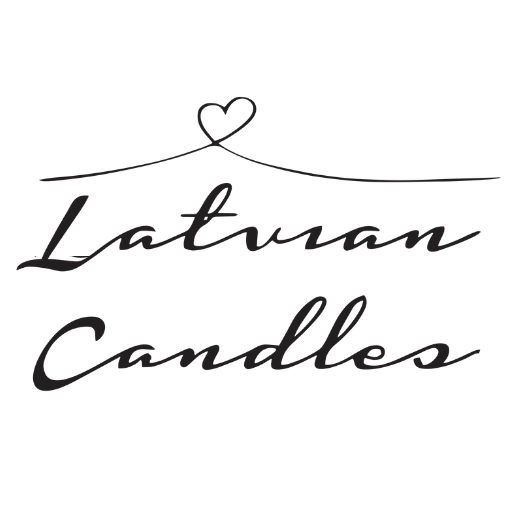How to Choose the Right Wick for Your Wax Candles
Share
Created and updated: 29.11.2025.
Choosing the right wick for your wax candles might seem like a small detail, but it can make a world of difference in how your candles burn. Whether you’re working with beeswax or another type of wax, the wick you choose will affect everything from how evenly your candle melts to how long it lasts. In this post, we'll break down how to match your wick to your candle’s size and share some tips on selecting the best wick for beeswax candles.
Why Wick Size Matters
The wick is essentially the engine of your candle—it pulls the wax up to the flame, where it’s burned to create light and heat. If the wick is too small, your candle might tunnel, leaving wax around the edges as it burns straight down the middle. If the wick is too large, it can create a big flame, cause soot, and burn through your candle too quickly.
So how do you pick the right wick? One of the simplest ways is to match the wick size to the diameter of your candle.
Candle Diameter and Wick Size
Here’s a quick guide for matching wick size to the diameter of your wax candle:
| Candle Diameter | Recommended Wick Size |
|---|---|
| Less than 1 inch (less than 25 mm) | Small wicks (#2, #4) |
| 1 to 2 inches (25 to 50 mm) | Medium wicks (#6, #8) |
| 2 to 3 inches (50 to 75 mm) | Large wicks (#10, #12) |
| 3 to 4 inches (75 to 100 mm) | Extra-large wicks (#14, #16) |
| Over 4 inches (over 100 mm) | Multiple wicks or very thick wicks (#18+) |
For candles larger than 4 inches in diameter, you might want to use multiple wicks. This will help create a larger melt pool and ensure the candle burns evenly across its surface.
Choosing the Best Wick for Beeswax Candles
Beeswax candles are a bit unique because beeswax has a higher melting point than most other waxes, so the wick needs to be up for the challenge. Here are some of the best wick types for beeswax candles:
- Square Braid Cotton Wicks: These are one of the top choices for beeswax candles. They’re self-trimming, which helps them burn evenly, and they handle the high melting point of beeswax beautifully.
- Flat Braid Cotton Wicks: Perfect for larger beeswax candles. They create a bigger melt pool, which helps your candle burn evenly and last longer.
- Hemp Wicks: If you’re looking for a natural, eco-friendly option, hemp wicks are a great choice. They’re a little harder to find and may cost a bit more, but they perform well with beeswax.
- Cored Wicks: Cored wicks, with cores made from cotton, paper, or zinc, are another option. Cotton or paper-cored wicks are particularly good for beeswax because they help provide stability and a steady burn.
Other Factors to Consider
While candle diameter is the biggest factor in choosing a wick, it’s not the only one. Here are a few other things to keep in mind:
- Wax Type: Beeswax, soy, and paraffin all have different melting points and burning characteristics, which can affect wick performance. Remember, we only recommend using our molds with pure natural yellow beeswax.
- Fragrances and Dyes: If you’re adding fragrances or dyes to your candles, you might need to size up your wick. Heavy fragrance oils or lots of color can impact the way your candle burns.
- Candle Shape: While round candles are common, taper candles or other unusual shapes may need a bit of experimentation with different wicks.
Final Thoughts
Candle-making is part science, part art. Selecting the right wick for your candle is essential for creating a product that not only looks beautiful but burns evenly and cleanly. The best way to perfect your process is through testing. Don’t be afraid to experiment with different wicks and waxes to find the perfect combination for your candles.



